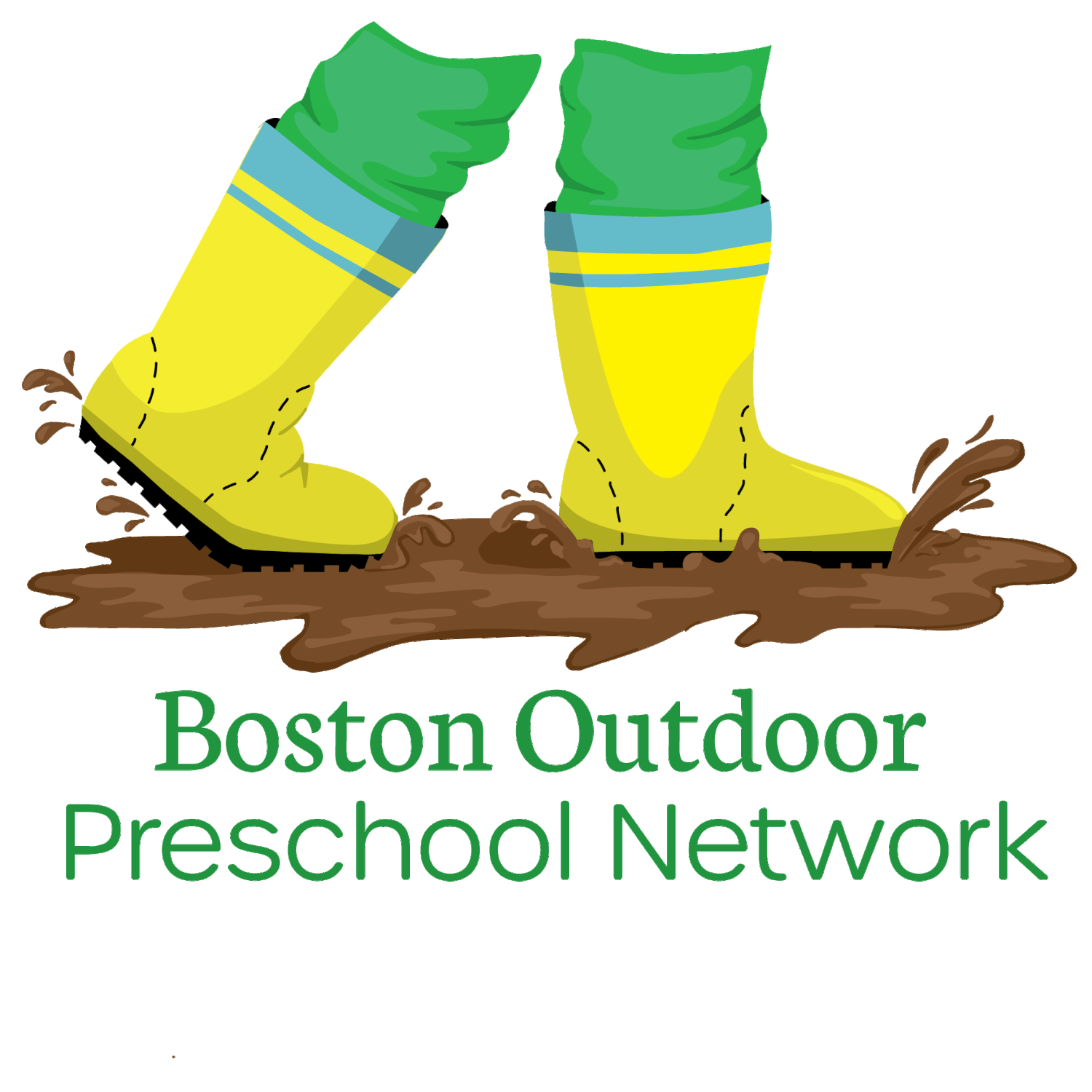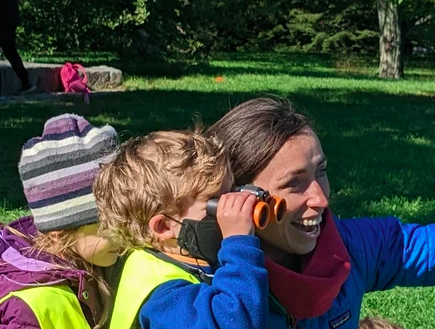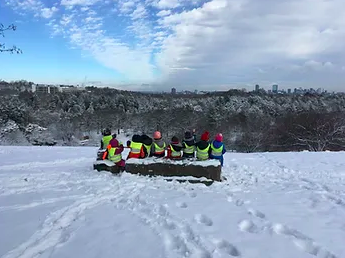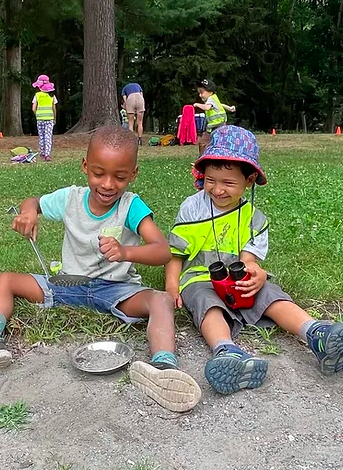Three Guiding Lights for Our Year at BOPN
By: Marie O’Reilly
It is a privilege to take other people’s children into my care every day at BOPN. First and foremost, my goal as an early childhood educator is to help all children in my class feel safe, feel seen, and feel loved. In our first month of the school year, we focused intensively on these foundational pillars and will continue do so throughout the year.
As this wellspring of security, trust, and celebration of each individual child grows, I will follow three guiding lights in the schoolyear ahead: wonder, connection, & play.
Wonder
Last week in the Arboretum, children in our morning class looked up in awe as two hawks glided overhead, circling above the trees. We marveled at the beauty and synchronicity we saw. And we wondered, why do they circle like that? How is it that they glide with such ease?
Environmental pioneer Rachel Carson believed that for a child “it is not half so important to know as to feel.” When we are inspired by a sense of awe and wonder, we cultivate fertile soil from which knowledge and wisdom can grow.
Natural landscapes offer a wonderland for children’s imaginations. A turn in the weather, the shifting shapes of clouds, the appearance or disappearance of berries on a bush—nature’s changes capture children’s interest and spark their curiosity. The child can then inquire and learn through direct experience—using a variety of senses, impressions, and the whole body to explore, experiment, and test hypotheses.
If we protect and cultivate children’s sense of wonder, we pave the way for learning and growth of all kinds. We are fostering their thirst for knowledge rather than merely feeding them facts. As Carson explains in her book The Sense of Wonder, “Once the emotions have been aroused—a sense of the beautiful, the excitement of the new and the unknown, a feeling of sympathy, pity, admiration or love—then we wish for knowledge about the object of our emotional response. Once found, it has lasting meaning.”
Connection
By anchoring wonder in the great outdoors in early childhood, we lay the foundation for nature connection that can last a lifetime. We sow seeds for environmental stewardship.
Yet, spending time in nature also offers a rich environment for connecting to self and to others.
A burgeoning body of research demonstrates that spending time in nature helps mental health as well as physical well-being. It heightens attention and focus, reduces anxiety, increases self-esteem, improves mood, and enhances the immune system, among other benefits. In early childhood specifically, the myriad benefits also include fostering resilience and learning self-regulation—the art of managing behaviors and reactions to emotions and circumstances.
At BOPN, children get to inhale immune-boosting phytoncides from pine trees. Hearing birdsong helps their brains put out more alpha waves, so they can feel calmer, think more creatively, and better absorb new information.
They also have a chance to take quiet time for themselves if they feel the need. This may seem like a luxury in today’s busy world. It is a necessity particularly in early childhood, with its rollercoaster of emotions and rush of new stimuli and information. When BOPN children choose to sit and feel the long grass in their fingertips or gaze up at the clouds for a while, they experience the soothing effects of nature. They also have a chance to process experiences and check in with themselves.
As outdoor educators, part of our role is to facilitate and cultivate this connection to self so that children reap the benefits. To recognize that children do not always have to be “busy” with an activity. To help them identify what’s going on inside them and find language to express it as needed—whether that’s through words, art, song, physical movement, or another medium.
Research also suggests that time in nature helps people feel more connected to other people. For example, after spending an hour and a half walking among plants and animals, people feel less concerned with their own problems and more connected to others and the world. Against the backdrop of this shared connection to humanity, we strive to foster a sense of belonging and community within our class group—not least by practicing and reinforcing our core BOPN values every day: we are kind to ourselves, kind to each other, and kind to the environment.
Play
When children at BOPN turn a log into a rocket ship and shout “all aboard!” before running into engine trouble, they’re having fun and making friends. And so much more. In dreaming up the spaceship game, its conventions, and the twists and turns the game will take, they’re exercising their own power, intelligence, and creativity. They’re making decisions for themselves and learning when and how rules can be modified to make things more fair and more fun, or to meet changing circumstances.
In arguing over who should steer the ship or where it’s headed, they’re learning to negotiate with others and see from others’ perspectives. Since children rarely want a game to end, they learn to compromise and earn consensus so that others will keep playing. One can be the conductor and take tickets; the other can captain the ship. First they’ll go to Mars, then to Planet Candy.
On the one hand, they learn about their own agency and autonomy. On the other, they learn to not always do exactly what they want to do, to paraphrase developmental psychologist Peter Gray. They practice self-restraint.
Self-directed play among children, and particularly sociodramatic play, is essential practice for the game of life. It allows children to develop mental models of their society and practice social interaction. Since it’s not focused on “winning” but on prolonging the fun, it also prioritizes enabling as many playmates as possible to enjoy the process, so they won’t exit the game—a valuable lesson for future stewards of peaceful, democratic societies.
That’s why, at BOPN, we strive to create space for child-led free play in tandem with explorations that help children connect with nature. In doing so, we hope to foster the development of the whole child—one who is prepared to live in community with others and the natural world.




